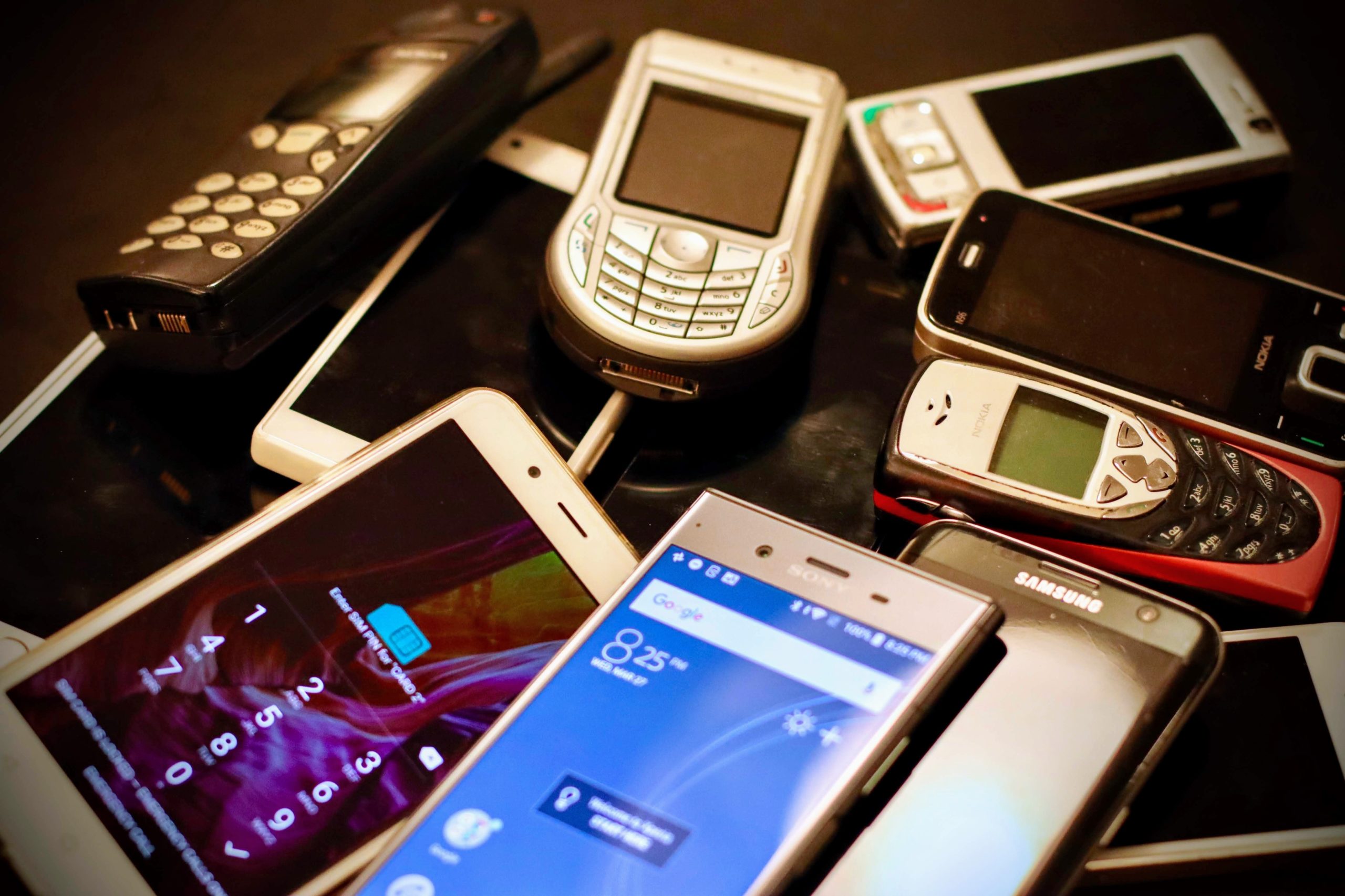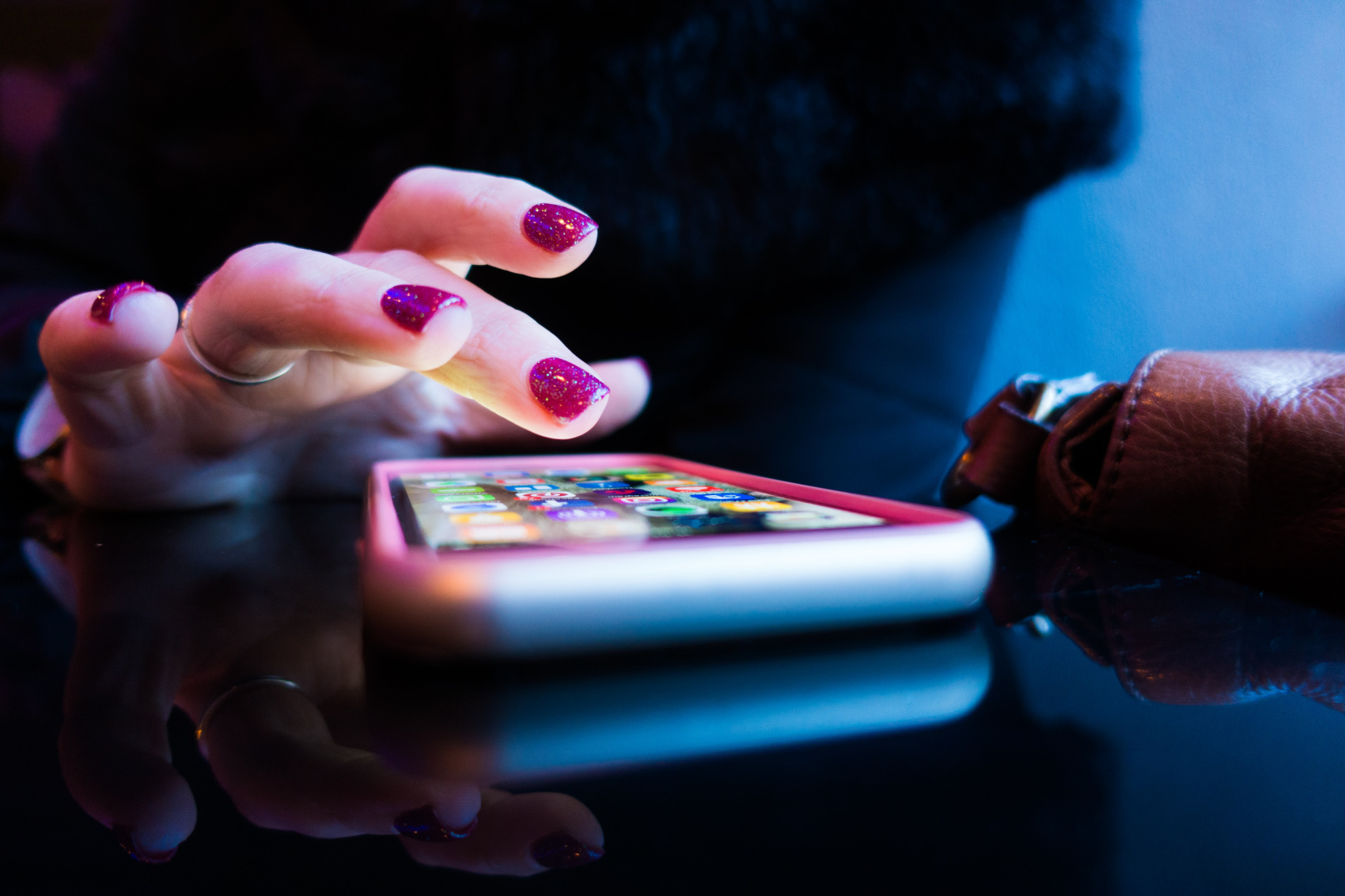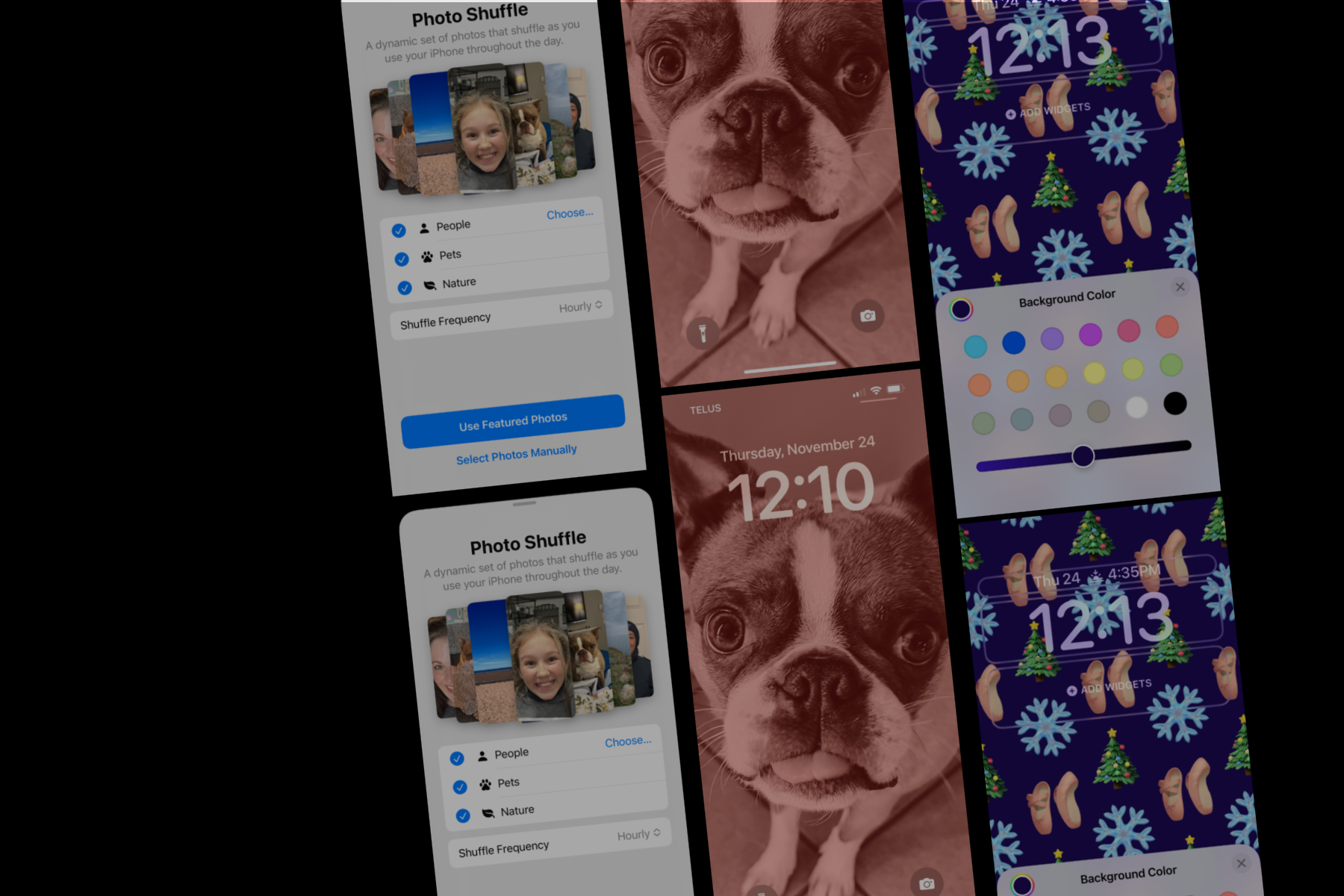September 29, 2020
Most Significant Mobile Phones in History

The mobile phone (or cell phone) has come a long way. For the older readers out there, it probably feels like only yesterday when owning a mobile phone was considered to be a rare and exceptional thing, while younger generations grew up playing games on them and probably have a hard time imagining life without one.
Chances are that you’ve been around long enough that you either used, or at least heard about, one of these iconic mobile phones – maybe you’ve even got a few collecting dust in a desk drawer. Here are nine phones that set the benchmark for the industry, pushed the envelope of what was possible (at the time), or marked important milestones for the now-ubiquitous device. Let’s take a trip down mobile memory lane!
Motorola DynaTAC 8000X (1983)
The grandfather of the modern mobile phone. It was almost comically large, famously took 10 hours to charge for only 30 minutes of talk time, and cost $4,000 USD (over $10,000 in 2020 dollars), but it was the first commercially available mobile phone which laid the foundation for a revolution in personal communication.
Released in 1983, the DynaTAC, also unceremoniously referred to as the Brick phone, it represented the pinnacle of all the development the Motorola company had been putting into wireless phone technology since the 1950s. It also weighed more than a kilogram and was more than 25 centimeters long, so while it was technically mobile, it was, as its nickname suggests, a bit of a brick to carry around.
Motorola StarTAC (1996)
Motorola certainly dominated the mobile phone market in the early days, and achieved several landmark firsts in the opening decade of the mobile phone industry. Another one of these innovations was designing the clamshell case in the mid-90’s. This was further refined with the release of the the first true flip phone, the StarTAC. Besides the dramatic flip to answer gesture, the slim, folding design made it very compact compared to most phones on the market: weighing in at only 88g it was small enough to comfortably fit in your pocket. While it cost a whopping $1,000 USD ($1,600 in 2020 dollars) it was revolutionary and a bit futuristic for its time and quickly took the market by storm. As a result, the StarTAC was a huge success and became something of a luxury product immortalized in movies, music videos, and hip hop lyrics from the mid-90’s.
Nokia 9000 Communicator (1996)
While Motorola was breaking ground with a flip phone, Nokia was making the first widely available smartphone (IBM had tried to do this a little earlier with its Simon Personal Communicator, but failed to make it a market success). The Communicator line of phones wasn’t well received in terms of sales, but a really big deal in terms of technology – the 9000 model featured a large (for the time) monochrome LCD screen and full (albeit tiny) keyboard, the ability to send and receive emails and faxes, a web browser, and a whopping 8 megabytes of storage. While expensive and largely forgotten, the 9000 paved the way for the smart phones that followed.
Sharp J-SHO4 (2000)
There’s a good chance you have never have heard of this phone since it was only available in Japan. What makes the J-SHO4 important though was it was the first mobile phone to have an integrated digital camera, something we take for granted today. The camera sensor was tiny – only 0.11 megapixels! – but still, it was the first sign of what has now become a standard technology in your phones. For comparison, the iPhone 11’s camera offers 12 megapixels, over 100 times the resolution, with some phone cameras offering 20 megapixels or more.
Blackberry 6210 (2003)
The Blackberry could be considered to the spiritual successor to the Nokia Communicator phones. Blackberry, then called Research in Motion, made the 6210 (also known as the Quark), as a merger between a mobile phone and the PDAs they’d been known for making up to that point. It quickly became THE phone for business professionals. It also was the first phone to feature the wildly successful BlackBerry Messenger, an instant messaging service with over 150 million users, along with always-on email services. Its solid, durable keyboard set the benchmark at the time for smartphones.
Motorola Razr (2004)
One of the most popular, and last, flip phones, the Razr was a beautiful, futuristic-looking piece of design and technology. The great-grandchild of the earlier StarTAC flip design, the RAZR enjoyed massive success due to its style, compactness, and affordable price point. It also serves as a demarcation of sorts: the RAZR is considered to be the last important “dumb-phone” (the iPhone came out a few years later), and marked the point where mobile phones stopped being a curiosity or business-only tool owned by a few, to a common consumer electronic product used by many.
iPhone (2007)
When Apple introduced its first smartphone with a simple, rectangular design dominated by a responsive touchscreen rather than a tiny keyboard it fundamentally changed our perception of how we could use our phones. While not the first smartphone (RIM’s Blackberry, Palm, and others had already been on the market for years) it was revolutionary for its time and set the bar for features in the explosion of smartphones that followed: and a single, pocket-sized device for calling, texting, playing music, as well as all the internet and email services that had become popular to have on a phone. It was also sleek and beautiful when many phones were still large and clunky, offering a minimal design and interface consisting of a large touchscreen, a home button, and customizable on-screen apps (although the app store didn’t arrive for another year). Its launch saw massive line-ups outside of Apple’s fledgeling retail stores and cemented Apple’s growth into the massive brand it is today.
HTC Dream 1 (2008)
Finally, we come to the HTC Dream 1. It wasn’t groundbreaking in terms of its design, especially compared to the iPhone: it had a keyboard, touchscreen, and various other buttons. What was important about the Dream was its operating system – Android. This phone and its early version of Android weren’t nearly as slick as the iPhone, but what no one knew it at the time is that Android would come to dominate the world of mobile phones, with around 3 out of every 4 phones sold globally using it today.
Honorable Mention – Nokia 3310 (2000)
Ah, the humble 3310. While now the subject of memes in respect of its near legendary durability and seemingly endless battery life, the 3310 (and assorted variants) started life as an affordable, value-priced phone. Launched as mobile phones were first becoming widespread, its cheap price, relatively compact size, and simple user interface propelled it to sell over 125 million units worldwide, and as many people’s ‘first mobile phone’, it helped introduce Snake and Nokia’s ubiquitous ringtone to an entire generation. The 3310 was so beloved that Nokia rebooted the model in 2017, updating the 3310 as a cheap, simple smartphone offering a larger colour screen (but no touchscreen), camera, and basic apps for modern users.


